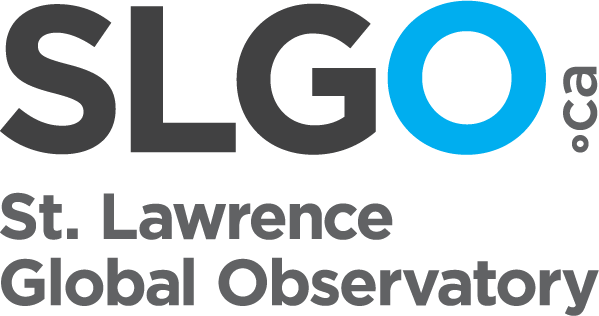The data used to characterize bottom-water temperature anomalies come from the Department of Fisheries and Oceans’ (DFO) Atlantic Zone Monitoring Program.
Bottom-water temperatures are interpolated in the Gulf using conductivity-temperature depth (CTD) sampling performed annually through DFO’s multispecies surveys for the northern Gulf in August and for the Magdalen Shallows in September. Using this sampling survey, temperatures are horizontally interpolated at each 1 m depth layer on a 2 km resolution grid. Bottom-water temperatures are then extracted by using a bathymetry layer from the Canadian Hydrographic Survey and selecting the interpolated temperature from the layer corresponding to the bottom depth at each grid point.
It is possible to consult the scientific report of the eDrivers project: Characterizing Exposure to and Sharing Knowledge of Drivers of Environmental Change in the St. Lawrence System in Canada and the additional data. It is possible to consult the application eDrivers.
REFERENCE:


